What breakfast cereal is good for acid reflux?
Whole grain cereals like oatmeal are an excellent choice as they are high in fiber and can absorb stomach acid, reducing symptoms. Opt for varieties without added sugars or artificial flavorings to avoid irritation. Puffed rice or corn flakes are also typically low in fat and easy to digest, making them suitable options.
Introduction
Breakfast is often referred to as the most important meal of the day, and for good reason.
It kickstarts your metabolism, fuels your body with energy, and sets the tone for your overall health and well-being. However, if you’re one of the millions of people suffering from acid reflux, selecting the proper breakfast can be a daunting task.
Acid reflux is a condition that can turn the pleasure of eating into a painful experience. But fear not!
There are certain foods, including breakfast cereals, that can help manage your symptoms and start your day on a positive note.
The Science Behind Acid Reflux and Breakfast Cereals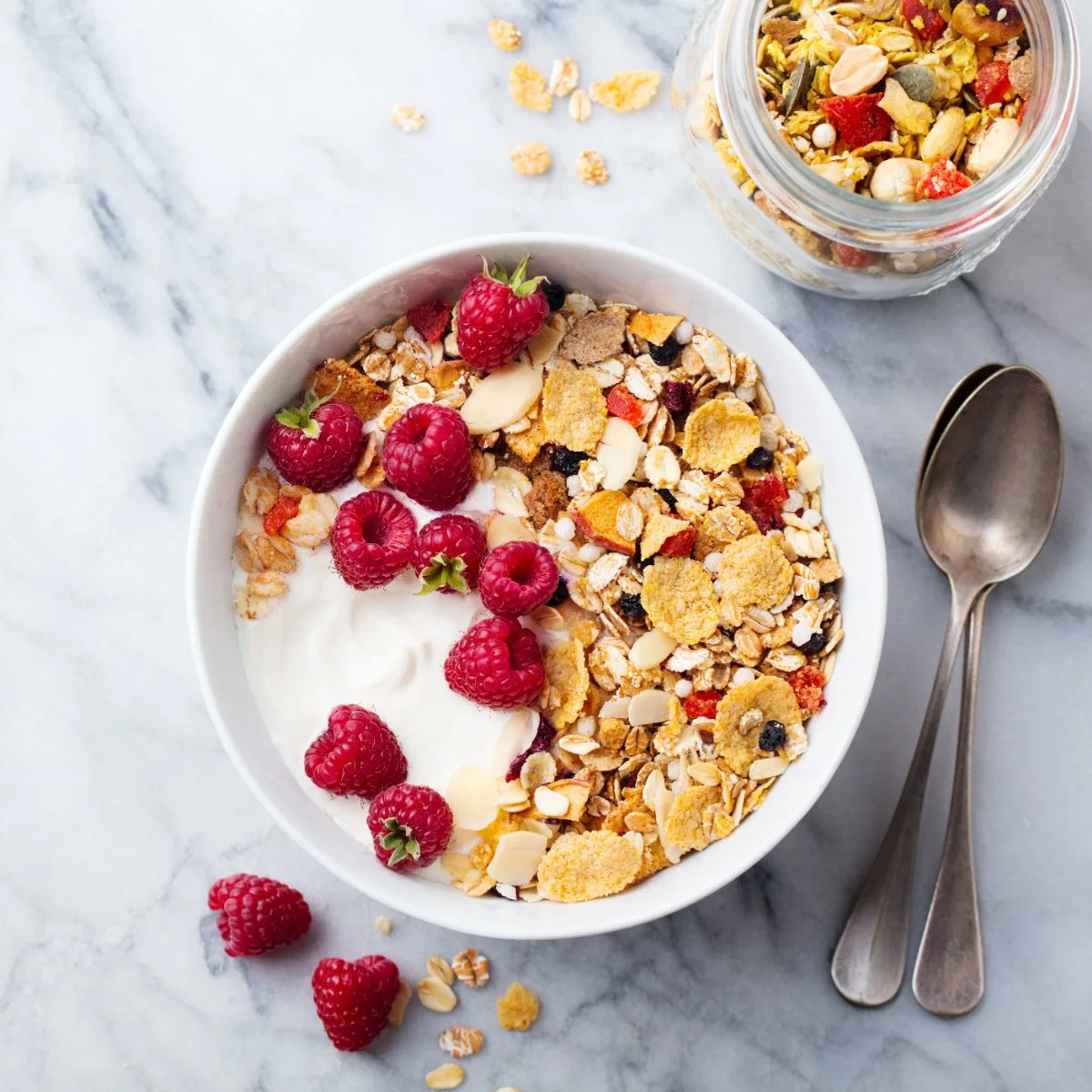
Acid reflux is a digestive disorder that occurs when acidic stomach juices or food and fluids back up from the stomach into the esophagus.
This can cause a burning sensation in your chest that most people identify as heartburn.
Now, what role does breakfast cereal play in this?
Due to their convenience and versatility, breakfast cereals are usually the go-to morning meal for many individuals. However, not all cereals are created equal, especially when dealing with acid reflux.
The key here is understanding the components of different cereals and how they interact with our digestive system.
For instance, consider oatmeal a favorite breakfast choice for many. Oatmeal is rich in dietary fiber, which plays a significant role in managing acid reflux.
Fiber aids digestion by adding bulk to the stool, thus preventing constipation, which can sometimes lead to acid reflux.
Fiber-rich foods like oatmeal are filling and can help prevent overeating, another common acid reflux trigger.
Oatmeal can absorb acid in the stomach and reduce symptoms of reflux. This is due to its alkaline nature, which helps neutralize the acidity levels in the stomach, relieving the burning sensation often associated with acid reflux.
On the other hand, sugary cereals might exacerbate acid reflux symptoms. Foods high in sugar often lead to increased production of stomach acid.
Consuming these cereals could potentially irritate the esophageal lining, causing discomfort or pain.
Oatmeal: Your Morning Ally Against Acid Reflux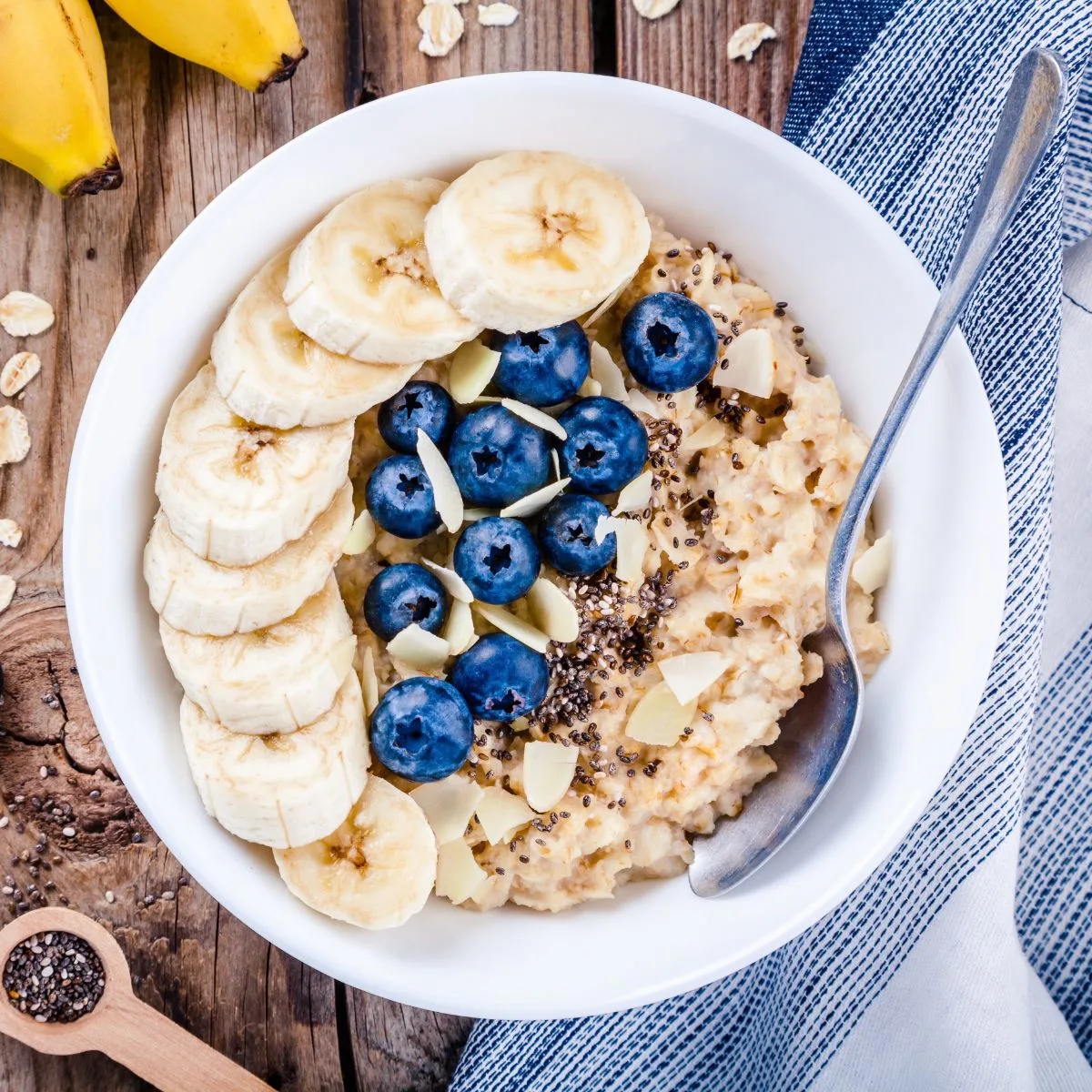
When it comes to combating acid reflux in the morning, oatmeal stands as a formidable ally.
This grain, often undervalued in the vast array of breakfast options, possesses qualities that make it a powerhouse against the uncomfortable symptoms of acid reflux.
The secret weapon of oatmeal lies in its high-fiber content.
Fiber is a nutrient known for its positive impact on digestion. It adds bulk to the diet, aiding in regular bowel movements and preventing constipation—a condition that can exacerbate acid reflux symptoms. However, fiber’s role extends beyond promoting healthy digestion.
It also acts as an absorbent in the stomach, soaking up excess acid much like a sponge would with water.
By doing so, it helps reduce the amount of acid that could potentially flow back into the esophagus, thus alleviating the symptoms of acid reflux.
Oatmeal can be livened up with tropical flavors such as papaya. Papaya contains enzymes called papain, which are known to aid in digestion and have been touted as a natural treatment for acid reflux.
Oatmeal isn’t just an excellent source of dietary fiber. It’s also packed with different B vitamins. According to The University of Maryland Medical Center, these vitamins may help control acid reflux, adding another layer of support for those with this condition.
The Misconception of Granola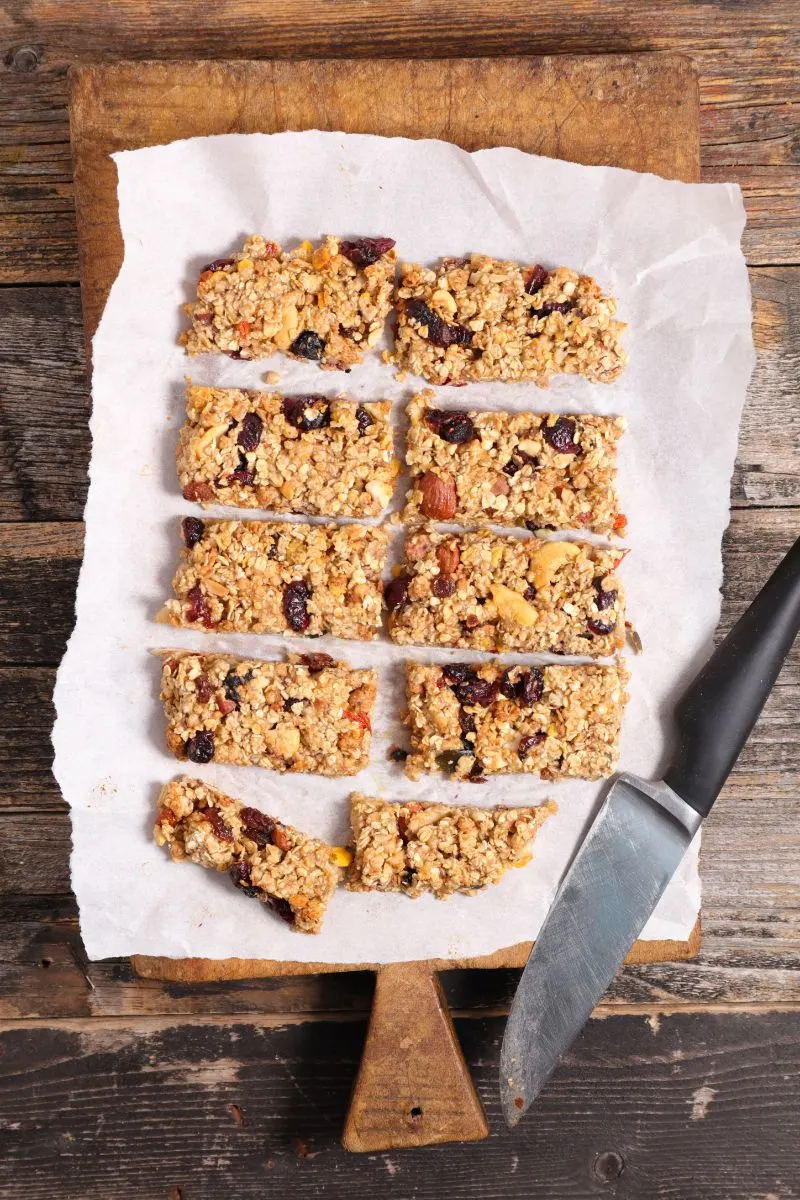
With its blend of oats, nuts, seeds, and sweeteners, Granola has long been perceived as a healthful addition to the breakfast table.
It’s often marketed as a nutritious option, packed with fiber and protein. However, for those dealing with acid reflux, the story can be quite different.
The main issue with Granola lies in its typical preparation.
Many store-bought granolas are high in fat due to the oils used to achieve that satisfying crunch.
Fatty foods relax the lower esophageal sphincter, the muscle between the stomach and the esophagus. When this muscle relaxes, stomach acid rises into the esophagus, leading to acid reflux symptoms.
Granola typically contains sweeteners like honey or brown sugar, which can further exacerbate acid reflux.
These sugars might increase the production of stomach acid, potentially irritating the esophageal lining and causing discomfort or pain.
But if you’re a granola lover, don’t lose heart. There are ways to enjoy this crunchy breakfast staple without triggering acid reflux.
One option is to look for low-fat versions of Granola in stores. These typically contain less oil and thus may be more suitable for those with acid reflux.
Better yet, consider making your Granola at home. This way, you have complete control over the ingredients and can ensure they’re tailored to your dietary needs.
For example, you could swap out the traditional oils for a small amount of olive oil or replace the sweeteners with a sprinkle of cinnamon for flavor.
You can also add acid-reflux-friendly ingredients like oats and almonds, known for absorbing excess stomach acid.
Puffed Rice: A Light Alternative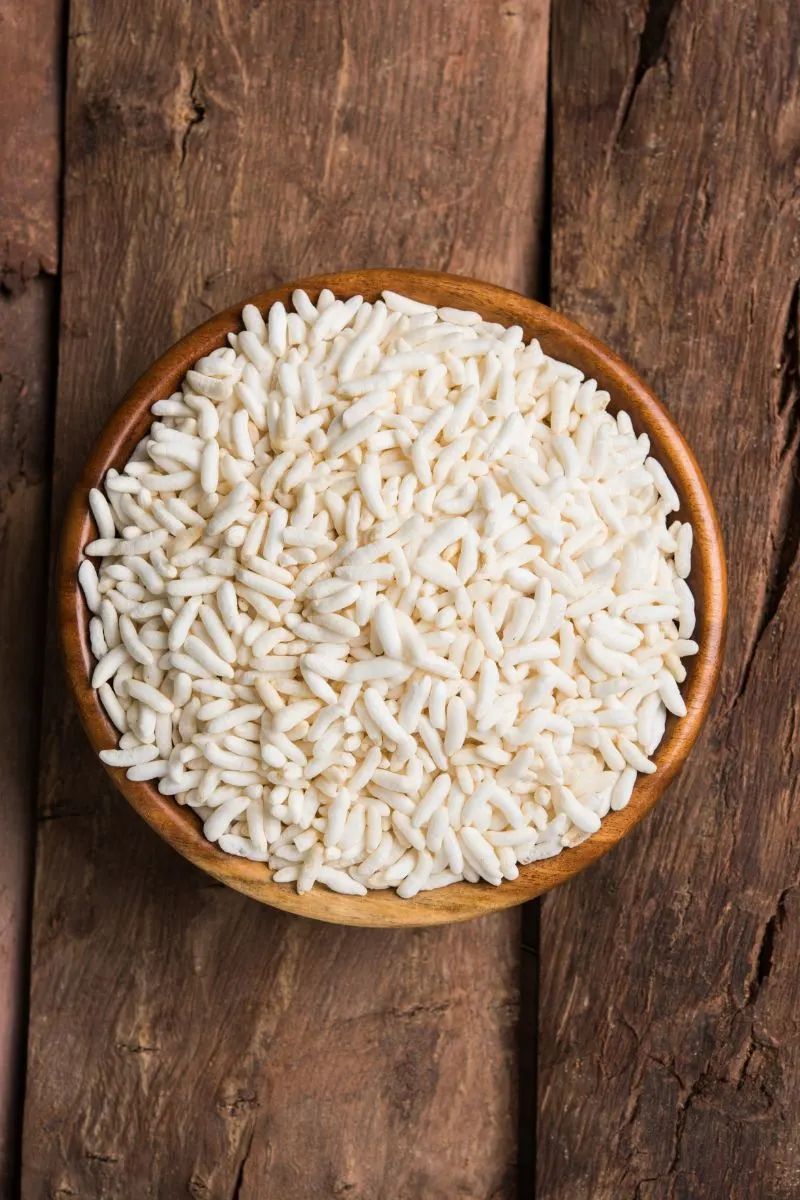
Puffed rice, known as murmura in some cultures, is a grain that has been expanded under high heat and pressure.
It’s often used in various dishes worldwide due to its light texture and neutral flavor. But beyond its culinary uses, puffed rice can also offer several health benefits, making it an excellent choice for breakfast cereal, especially for those dealing with acid reflux.
One of the primary benefits of puffed rice is its low acidity, making it gentle on sensitive stomachs.
Acidic foods can trigger acid reflux symptoms by causing the stomach to produce more acid. By contrast, foods with low acidity, like puffed rice, are less likely to provoke this response1.
Puffed rice is low in fat. High-fat foods can lead to increased acid production in the stomach, potentially exacerbating acid reflux symptoms.
Since puffed rice is low in fat, it can be a safer choice for those trying to manage their acid reflux2.
Another advantage of puffed rice is its versatility. It provides a mild base that can be paired with various other foods. For instance, add fruits like bananas and berries to your puffed rice.
Both are low in acid and high in fiber, making them beneficial for those with acid reflux3.
However, it’s worth noting that while puffed rice has its benefits, it’s not a very nutrient-dense food. It lacks protein and is relatively low in fiber compared to other whole grains. Therefore, pairing it with other nutrient-rich foods is best to ensure a balanced meal.
Corn Flakes: A Classic Choice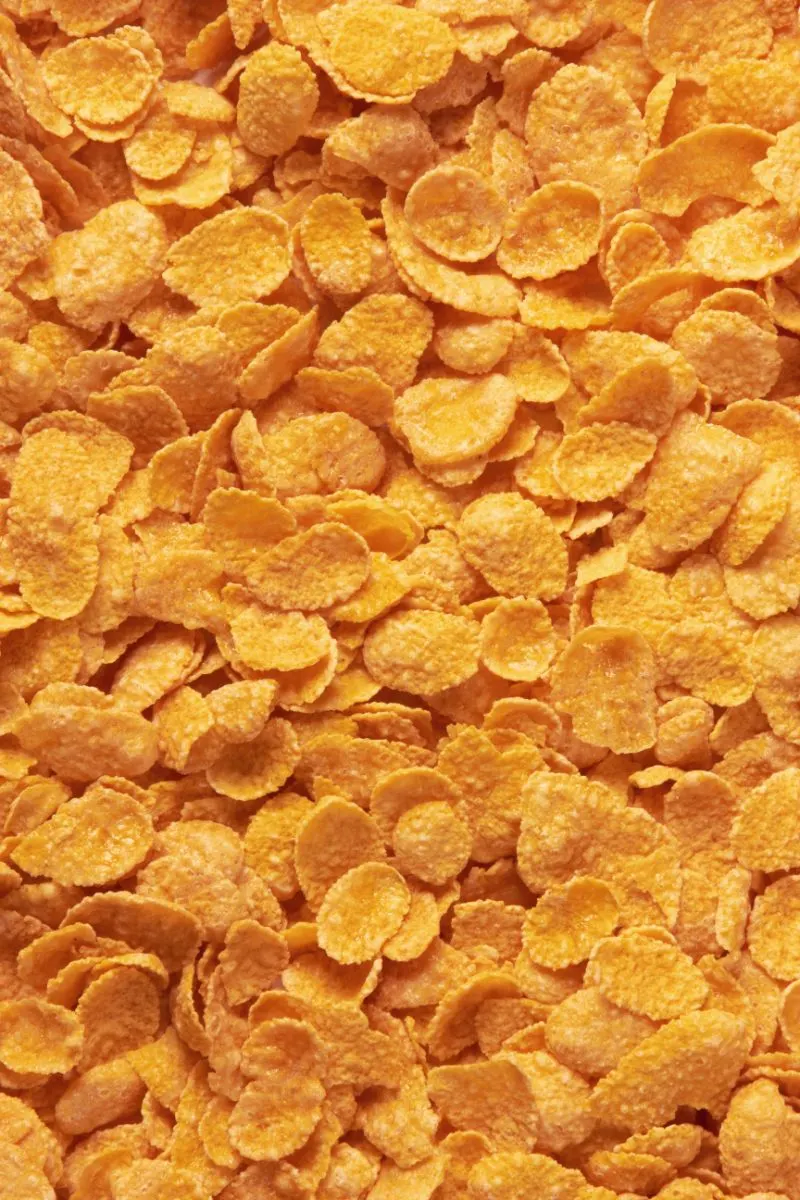
Corn flakes, a classic breakfast cereal, have been gracing our tables for generations.
Their simplicity and versatility have made them a staple in many households. But aside from their convenience and taste, corn flakes may also be suitable for those dealing with acid reflux.
The primary benefit of corn flakes for acid reflux sufferers lies in their low fat content.
Diets high in fat can relax the lower esophageal sphincter, allowing stomach acid to rise into the esophagus, which results in the discomfort known as acid reflux1. Because corn flakes are low in fat, they are less likely to trigger this response.
Corn flakes are fortified with essential nutrients such as iron, vitamin B, and folic acid. Iron is a crucial component of hemoglobin, the protein in red blood cells that carries oxygen throughout the body. Vitamin B is significant in energy production, while folic acid is vital for new cell creation.
Pairing corn flakes with almond milk can make for a satisfying and safe breakfast. Almond milk is low in fat and contains alkaline properties, making it a good option for those with acid reflux5.
The Role of Milk in Your Cereal
The tradition of pouring milk over cereal has been ingrained in many cultures for generations.
The origins of this practice date back to when breakfast cereals were less like the sweet, crunchy treats we know today and more akin to hard wheat rocks.
Milk was an ideal addition as it added moisture to the dry food without reducing it to a soggy mess1. Over time, this combination became synonymous with breakfast.
However, if you’re dealing with acid reflux, the type of milk you pour into your cereal bowl could make a significant difference.
Cow’s milk, particularly whole milk, is high in fat. High-fat foods can relax the lower esophageal sphincter, allowing stomach acid to rise into the esophagus and trigger acid reflux2.
If you love the classic combination of cereal and milk but are wary of triggering your acid reflux, consider plant-based alternatives. Almond and soy milk, for example, are lower in fat than cow’s milk.
These alternatives can provide the same creamy texture and satisfying taste without the potential discomfort.
The Importance of Portion Control
Portion control is an essential aspect of maintaining a balanced diet and managing digestive issues such as acid reflux.
Regardless of the type of cereal you choose, consuming it in excess can lead to discomfort and potential health problems.
Overeating can put pressure on the lower esophageal sphincter (LES), the muscle that keeps stomach acid from entering the esophagus.
When the LES is strained, it may not close properly, allowing stomach acid to rise into the esophagus and cause acid reflux. This can happen regardless of the type of food you consume. Therefore, even if your cereal is low in fat and acidity, eating too much of it at once can still trigger acid reflux.
Overeating can also contribute to weight gain, which is another risk factor for acid reflux. Excess weight puts additional pressure on the stomach, making it more likely for stomach acid to flow back into the esophagus.
Aim for a serving size of about one cup of cereal. This amount is often enough to provide a satisfying breakfast without overloading your stomach.
To enhance the nutritional value and satiety of your meal, consider adding a variety of toppings. Low-acid fruits like bananas and berries, along with a handful of nuts or seeds, can provide additional fiber and protein3.
Takeaway
Navigating the world of breakfast cereals can be tricky when dealing with acid reflux. However, armed with knowledge and a dash of creativity, you can turn the most important meal of the day into a soothing experience rather than a trigger for discomfort.
Everyone is different—what works for one person might not work for another. It’s all about finding what works best for you.
Happy breakfasting!
READ THIS NEXT:
Can I Eat Sushi After Wisdom Teeth Removal?
